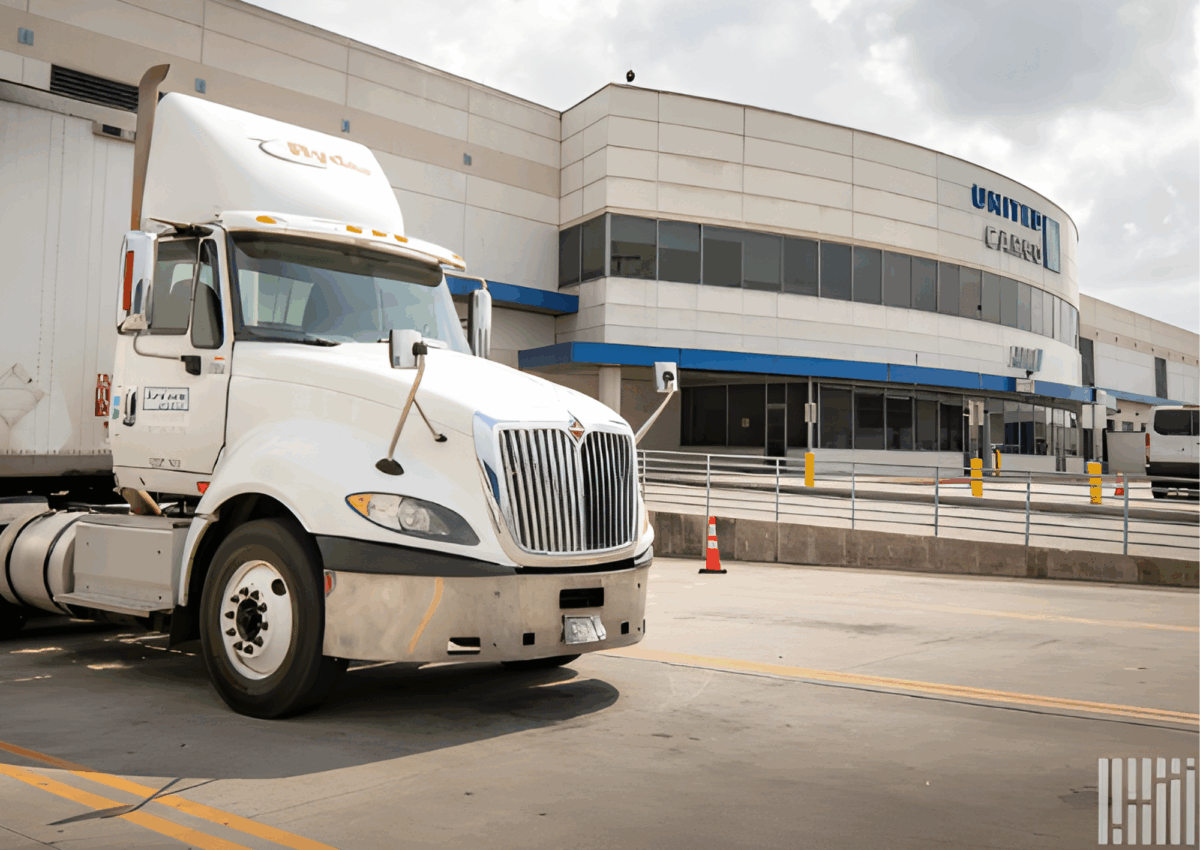Copyright FreightWaves

Drivers pay lumpers out of pocket (using EFS or T-Check codes), hoping to get reimbursed. Receipts are required — within 24 hours, or the broker won’t reimburse. No receipt? Too bad. You’re out the money. Even worse: Some lumpers are still paper-based, and drivers don’t get receipts at all. Meanwhile, brokers get paid instantly by the shipper. The lumper fee? Buried in the rate con, already billed back. How is this still a thing? The broker gets paid. The shipper gets service. The lumper gets cash. The only one holding the risk? The driver. When Systems Break Down: The Capstone Collapse Take what happened recently with Capstone Logistics, one of the largest lumper providers in the country. Drivers reported EFS codes failing, long waits for unloading, and confusion about where receipts were being sent. That’s not a “hiccup.” That’s a direct threat to the driver’s wallet. If a driver fronted $300, and the system didn’t generate a receipt in time for reimbursement, that’s money stolen. Whether intentional or not, the outcome is the same. And here’s the real kicker: Shippers often require lumper services for delivery, but leave reimbursement disputes entirely up to the broker-driver relationship. Let’s Talk About Brokers for a Minute Some brokers — especially the ones who truly support drivers — make this process smooth. They pre-authorize lumpers, pay directly, and handle paperwork. But there’s a growing number who don’t. One recent tweet put it plainly: “Even worse is a broker who will not pay back the lumper if you don’t send the receipt within 24 hours. Blatant theft.” The trust gap is real. Drivers don’t have a 24/7 back-office team. Many are parking at midnight, emailing receipts from a truck stop, and praying someone answers the phone the next morning. Meanwhile, they’re still moving freight — often on short pay or no pay for that lumper charge. And we wonder why turnover is high? Who Should Actually Pay? Let’s be clear about one thing: The lumper is performing a service on behalf of the SHIPPER. Not the driver. Not the broker. The SHIPPER. So why is the driver responsible for initiating, paying for, and chasing reimbursement? Here’s what should happen: If a lumper is required, the shipper should authorize and pay directly. If a broker is involved, they should issue the code AND handle all documentation. If the driver pays out of pocket, reimbursement should be instant, and not depend on fax machines or blurry photos of a crumpled receipt. Anything less is a system built to exploit drivers. 2025 Called — It Wants Digital Receipts We’re living in a world where you can Zelle your barber, pay for Chick-fil-A with your face, and get Amazon packages delivered by drone. So why are we still relying on handwritten lumper receipts on pink carbon copy paper? The technology exists: Digital EFS reimbursements Instant receipt scanning Lumper invoices integrated into TMS platforms Yet many facilities are still stuck in the 1990s. Capstone — again, one of the biggest players — has no excuse for these failures. And yet here we are: thousands of drivers waiting on refunds, getting hit with late fees, or eating the cost entirely. The Power Play We Never Acknowledge There’s an ugly truth behind all of this: The lumper system exists because it benefits someone — and it’s not the driver. Shippers offload the cost and responsibility. Warehouse staffing companies get paid. Drivers just get… stuck. Even worse, when something goes wrong, the driver is blamed. Didn’t get a receipt? Didn’t submit within 24 hours? Didn’t follow the right steps? The system doesn’t fail upward — it fails on the backs of the people doing the real work. So What Do We Do? Let’s be solutions-focused: 1. Shippers need to own it If your freight requires third-party unloading, it’s YOUR cost. Stop outsourcing labor risk to the carrier. 2. Brokers must implement tech Digitize the lumper process, offer direct prepay, and eliminate the receipt circus. 3. Drivers need a paper trail Drivers: Always get names, timestamps, and photos. Don’t leave without documentation. If Capstone or others won’t provide it, escalate — and escalate fast. 4. Carriers should clarify upfront If lumpers are likely, get it in writing: Who pays? How fast? What’s the backup if the system fails? If it’s not in your dispatch confirmation, you’re vulnerable. Final Thought This isn’t just about receipts. It’s about respect. Every time we let systems like lumpers persist in their current form, we signal that truckers are disposable. That their time doesn’t matter. That their money can be played with. But we know better. We know the industry doesn’t move without the driver. We know drivers are held to the highest standards of compliance, safety, and performance — but when it comes to lumper fees, everyone else gets a pass. Not anymore. The lumper system needs to evolve or be eliminated. And if the industry won’t fix it, drivers will — one receipt, one refusal, and one tweet at a time.



